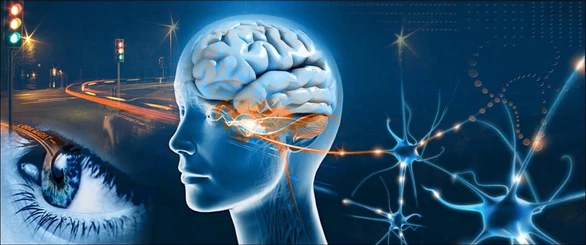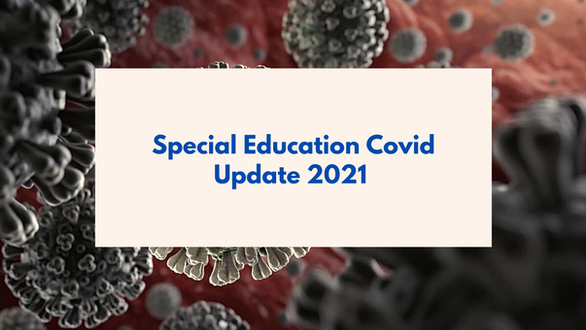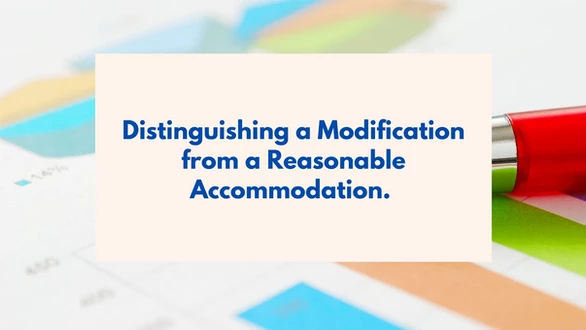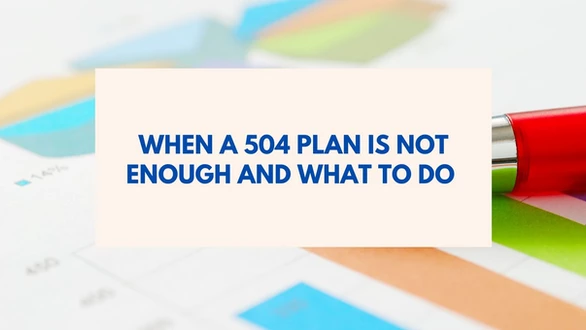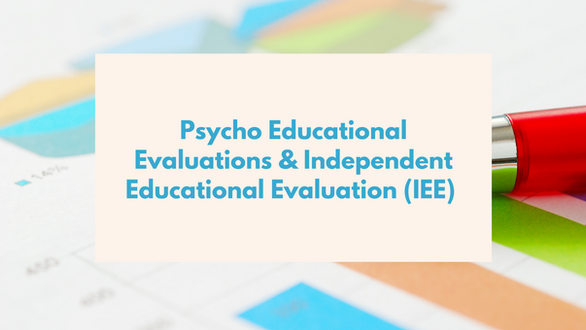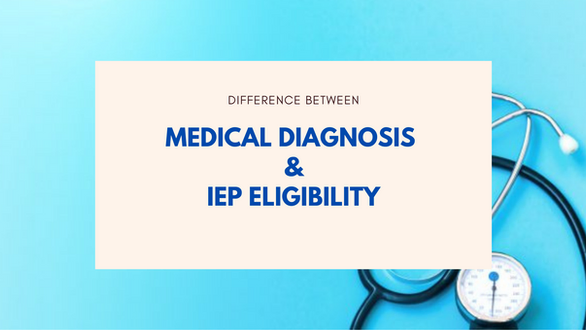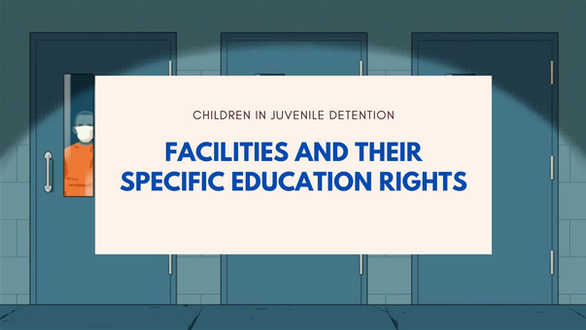Introduction
Visual processing disorders can interrupt an individual’s ability to understand and navigate written symbols, which may cause problems with math/maths and learning to read at school. They’re not due to vision problems or any issues with the eyes, but rather with how the brain interprets visual information.
On the other hand, dyslexia is a separate condition that often makes it challenging to break spoken language down into its component parts. This, in turn, complicates reading and spelling. While the two conditions can look similar, they have different causes and thus children and adults who have one and not the other will require a different set of strategies and accommodations.
Some research suggests that children who struggle with learning difficulties, such as dyslexia or ADHD, are more likely to experience some form of visual processing disorder. When a visual processing disorder and phonological dyslexia co-occur, bo th auditory and visual processing of language can be problematic. In other words, a child can struggle to access the print and make sense of the language he or she encounters.
This disruption to literacy skills can have severe implications for learning, given the importance of reading and writing at school. It can also cause students to struggle with low self-esteem and low confidence. That’s why it’s important to identify dyslexia and any visual processing difficulties as early as possible, so the right classroom accommodations and strategy training can be put in place.
Dyslexia and Braille
Now that we have a pretty grasp on what dyslexia is and isn’t let’s talk about how it affects braille readers. Braille is reading. That’s a fact. Many sighted teachers of braille read it visually, some students with visual processing disabilities that aren’t blind can do both.
Braille travels the neural network from the fingertips up to the brain and registers there for the word image to meaning connection that takes place in all reading. In the case of a braille reader with dyslexia, that image information could lag, get misconnected, or get turned around, just like with a sighted reader. The brain doesn’t really differentiate between a printed word that is seen and a braille word that is touched.
How Children with Visual Processing Disabilities and Dyslexia can improve by learning Braille
For students with visual processing disorders and dyslexia, the value of literacy skills is as significant as it is for those without visual processing disabilities and dyslexia. It has been suggested that children with visual processing disabilities and dyslexia who learn braille have an advantage compared to those who rely solely on print. Ryles (1996) found that children with visual processing disabilities and dyslexia who learned braille were more likely to be employed and obtain a college degree than those who did not learn braille. Moreover, the braille readers in Ryles’ study exhibited stronger reading habits, including spending more hours per week reading, reading more books, and subscribing to more magazines. This phenomenon mirrors the positive effects of literacy skills demonstrated for sighted readers. Higher levels of literacy are associated with better employment outcomes for both braille and print readers (Koenig & Holbrook, 2000; Kutner et al., 2007; Ryles, 1996; Wolffe & Kelly, 2011). In addition, reading proficiency contributes to the emotional well-being of students with visual processing disabilities and dyslexia (Ferrell, Mason, Young, & Cooney, 2006). Braille literacy is associated with higher levels of independence, confidence, and self-esteem (National Federation of the Blind Jernigan Institute, 2009; Schroeder, 1996; Wells-Jensen, 2003).
Children with visual processing disabilities and dyslexia are at an increased risk of literacy problems relating to reading speed and accuracy (Coppins & Barlow-Brown, 2006; Steinman, LeJeune, & Kimbrough, 2006). Many of these students read below grade level, with delays similar to those of struggling readers who are sighted (Dodd & Conn, 2000; Gillon & Young, 2002). Further, significant delays in text comprehension parallel the slower rate of reading development exhibited by braille readers (Edmonds & Pring, 2006; Wall Emerson, Holbrook, & D’Andrea, 2009). The poor reading achievement of students with visual processing disabilities and the life-long consequences of low literacy make it imperative that Teachers of the Visually Impaired (TVIs) use braille teaching practices that have a demonstrated record of success.
New technologies are changing the way individuals with visual processing disabilities and dyslexia access and share information, but braille remains a fundamental tool for independence in the 21st Century. Audio devices are useful sources of information; however, braille alone offers complete command of written language.
Early Intervention
Early instruction in braille plays a crucial role for children with visual processing disabilities and dyslexia to be able to fully participate with their peers (Bickford & Falco, 2012; Mangold, 2003; Wormsley, 2004). Olson (1981) recommends encouraging efficiency in braille skills during the early years because early literacy skills have a direct impact on a child’s later literacy development. Young children with visual processing disabilities and dyslexia not only have to learn the braille code, but must also develop mechanical skills in order to be efficient and fluent braille readers. These mechanical skills include finger dexterity/wrist flexibility, hand movement skills/finger positions, light finger touch, and tactile perception/discrimination skills (Olson, 1981). These skills should be introduced early and refined throughout the elementary years so that children, as they grow, can focus on accurate and fluent braille reading.
Key Takeaways
· Children with visual processing disabilities and dyslexia who learn braille have an advantage compared to those who rely solely on print.
· Studies have shown that braille readers exhibit stronger reading habits, including spending more hours per week reading.
· Braille literacy is associated with higher levels of independence, confidence, and self-esteem.
· The poor reading achievement of students with visual processing disabilities and dyslexia and the life-long consequences of low literacy make it imperative that Teachers of the Visually Impaired (TVIs) use braille teaching practices that have a demonstrated record of success.
References
1. Barlow-Brown, F., & Connelly, V. (2002). The role of letter knowledge and phonological awareness in young braille readers. Journal of Research in Reading, 25(3), 259-270. doi: 10.1111/1467-9817.00174
2. Bickford, J., & Falco, R. (2012). Technology for early braille literacy: comparison of traditional braille instruction and instruction with an electronic note taker. Journal of Visual Impairment and Blindness, 106(10), 697-693.
3. Carbo, M. (1981). Making books talk to children. The reading teacher, 35(2), 186-189.
4. Caton, H. (Ed.). (1991). Print and braille literacy: Selecting appropriate learning media. Louisville, KY: American Printing House for the Blind.

